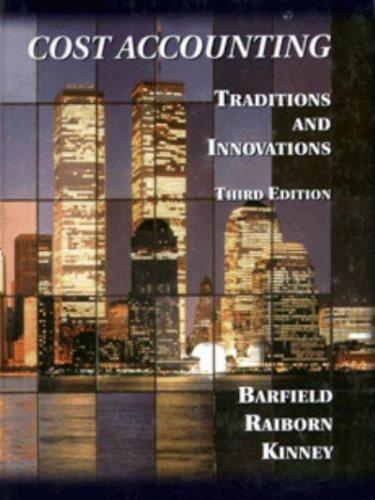At a time when nearly 9 million people can! find jobs, other Americans are putting in the
Question:
At a time when nearly 9 million people can! find jobs, other Americans are putting in the most overtime since the government started keeping records in the 1950s. With factoiy workers av¬ eraging 4.2 hours of overtime per week, the Bureau of Labor Statistics says more than a tenth of all work done in the nation's factories is performed on overtime.
“7/ we could go back to the amount of overtime worked in 1982, we would create 3 million new jobs without increasing the federal deficit,” said John Zalusky, an economist at the AFL- CIO. He said many workers are putting in extra hours against their wishes.
One reason employers are going the overtime route, economists say, is that overtime pay doesn V cost much extra. Fringe benefits, representing as much as 40 percent of labor costs, are mostly covered by the first 40 hours worked. And the overtime hours generally are worked by employers' most skilled and productive people. Beyond that, using overtime avoids the cost of hiring and training new workers, finding space for them and dealing with the added paperwork. Because of all those factors, Zalusky calculates that paying a skilled worker time-and-a-half actually costs employers only about 3 percent extra.
a. How does overtime pay affect direct labor cost? Variable overhead?
b. Obviously, paying overtime to already employed workers makes better fi¬ nancial business sense than does hiring additional workers. If, however, work¬ ers would prefer not to work overtime but do so to maintain their jobs, how does overtime affect the ethical contract between employers and employees?
c. What effects might overtime have on job efficiency? On job effectiveness (such as quality of production)?
d. Would you be in favor of limiting allowable hours of overtime in order to have more individuals employed? Discuss this question from the standpoint of the government, the employer, a currently employed worker, and an un¬ employed individual.
LO1
Step by Step Answer:

Cost Accounting Traditions And Innovations
ISBN: 9780538880473
3rd Edition
Authors: Jesse T. Barfield, Cecily A. Raiborn, Michael R. Kinney





